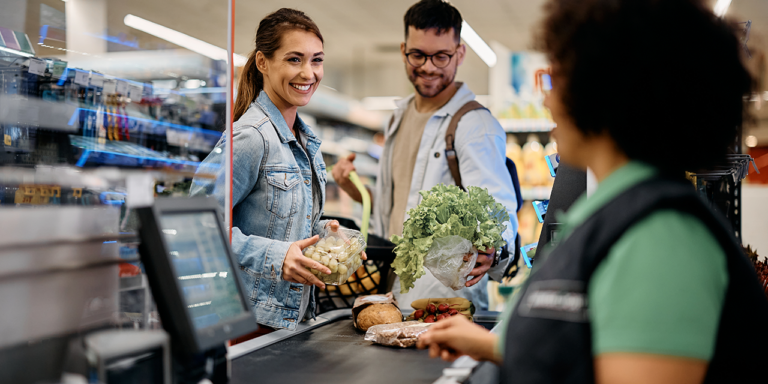Customer video: Bünting Group
Jul 29, 2024 • 3 minBünting AG is a traditional family-run business located in Leer, Ostfriesland, Germany. Founded in 1806, the company owns several retail brands, operates approximately 200 stores and supplies more than 400 independent retailers. Bünting Group Managing Director Helge-Christian Eilers took time to share how RELEX is helping them unify inventory and category planning for more than five million products, including fresh.
Transcript
My name is Helge-Christian Eilers. I am Managing Director of the Bünting Group, where I am responsible for supply chain management and management of the e-commerce division.
The Bünting Group operates 200 of its own supermarkets and hypermarkets and today supplies over 400 independent retailers. We not only supply our own stores but also independent retailers with FMCG ranges. Our head office is located in the beautiful East Frisian town of Leer, and today we generate over 2 billion euros in sales.
In 2017, we scrutinized our entire flow of goods. The basic idea behind this was to introduce a centralized supply chain management system that controls the entire flow of goods. We looked at a wide range of different possibilities and then came across the company RELEX Solutions.
And after an initial exchange we finally decided in favor of RELEX. What we liked about working with RELEX right from the start was the professional and methodical competence. We had the feeling that we had a good understanding of our own process and our business right from the start. In addition, RELEX was the only one to offer us the opportunity to flexibly engineer business processes through the so-called business rules engine.
Today, we use RELEX for more than 5 million article locations in the fresh, frozen and also dry goods range. It is particularly important to emphasize that we are now in what is known as an “integrated system”. What does that mean in concrete terms? The customer triggers the supply chain through their purchase. After every sale, we evaluate the stock in the store, but also in the central warehouse.
So, if the system determines that neither the market nor the central warehouse has enough stock, the order goes directly to the industry. We supply the central warehouse and the stores in one go. With the “integrated system” we have now created a demand-oriented flow of goods organization.
Our category management also uses the system from RELEX for space and assortment. One advantage here is that the RELEX system allows us to respond to the individualities of each individual location.
We are currently preparing to also arrange fruit and vegetables via RELEX. We have made a conscious decision to this assortment last, because stock checks during the day or changes in quality pose particular challenges for us. Of course, the aim is to guarantee maximum sales potential at all times, but in fruit and vegetables it is also about keeping an eye on the area of markdowns.
We have learned a lot on this journey of introducing supply chain management and RELEX was certainly one of the keys that helped us. What we like about it is that RELEX supports us with our visions and ideas, and we can also provide input that is taken into account. One of our most important goals is to also reduce our CO2 footprint significantly and we see the possibility of the interaction between RELEX and our route planning system to utilize trucks by 100 percent and thereby reduce our load kilometers.
For us, the end-to-end concept applies. This means that we take a holistic view of our processes from the industry to the store shelf and, via our e-commerce, even to the doorstep of our customers. The key to success in this project is certainly the technical and methodological expertise that RELEX brought to the table but above all, the consistent cooperation within our company between category management, sales, IT and SCM.


